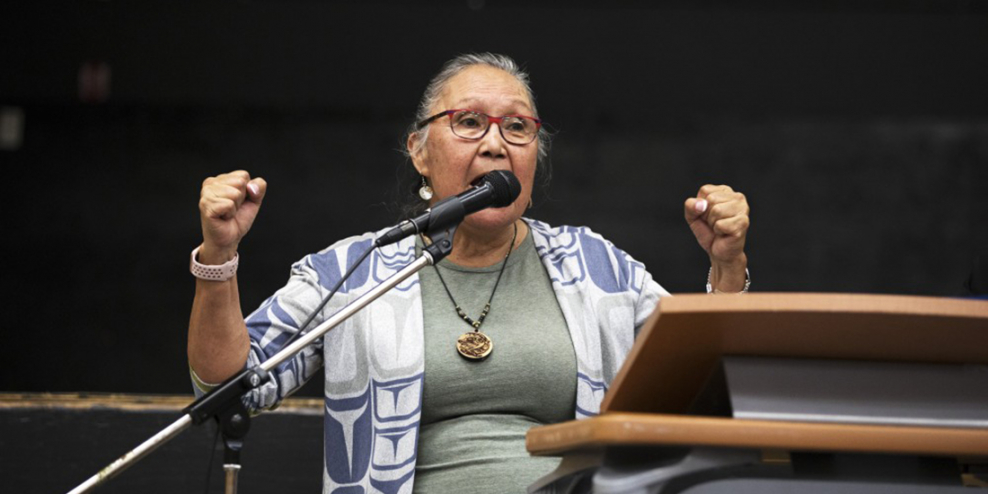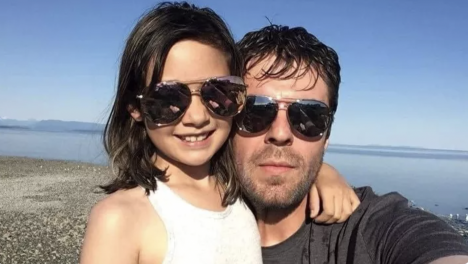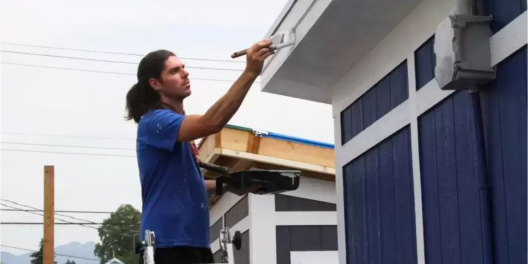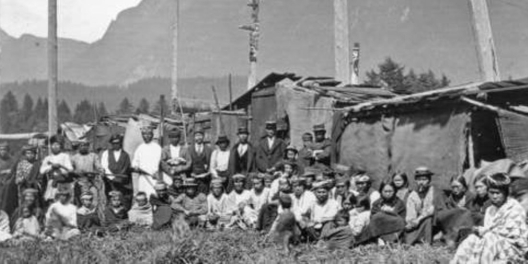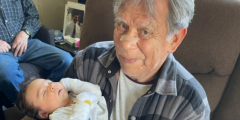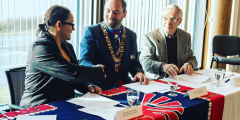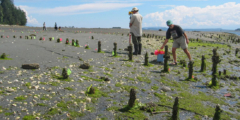In many Indigenous cultures, a “Big House” is the heartbeat of the community.
It’s a huge home for everyone. A place of governance, ceremony, learning and sharing—somewhere everyone can feel safe.
In the early 1900’s, non-Indigenous folks were burning down all cultural structures, and these sacred places of safety and community were taken from countless Nations.
The Ahousaht have remained without a Big House since.
Until now.
“Bringing our community together to plan and construct a Big House is an opportunity in itself for healing.”
So reads the proposal that just succeeded in securing $8.3 million to build a new Big House.
The news was announced in an open ceremony, and the crowd was overjoyed.
“I feel the spirit of the community in strong moments like this,” said Kate Drexler, who has been working with the Ahousaht schools for the last five years. “We see a lot of effects of trauma and sexual abuse in the school, so to be moving forward… The (Big House) represents moving forward to healing and empowering women,” Drexler told the Westerly News.
The Big House is being specifically designed to provide a space for young girls, women, and 2SLGBTQQIA+ people in Ahousaht to feel safe and held.
Before colonization, in Ahousaht culture women were placed on the “highest pedestal,” said Tom Paul, a drug and alcohol councillor with Chah Chum Hii Yup Tiic Mis to Ha-Shilth-Sa.
“They were looked after and they were treasured,” said Paul. “[Women] had roles to play in the community—they were our knowledge keepers, they were our mothers, they were our gatherers—and that’s kind of gone.”
After being victimized by sexual abuse in residential schools, Paul said it started a cycle of people victimizing each other.
The Nation is collectively working through this now, and are healing to come back to their own wisdom.
The Big House will provide a space to do that work.
“The Big House is not only a symbol of culture, but also of strength, collaboration and unity. Having a physical space for our Ha’wiih to govern, and for our muschim (people) to come together to unlearn colonial ways and re-learn traditional ways of doing,” reads the proposal.
Hasheukumiss, Ahousaht hereditary chief (Richard George) described it as the first step towards true reconciliation.
“This is about having a place of healing. We have to reconcile with ourselves first and foremost. Before we can reconcile with anybody else, Canada or anybody,” said Hasheukumiss to reporter Nora O Malley for Westerly News.
During the announcement ceremony, Ahousaht chief Naasathluk (John Rampanen) said the ancestors were present and giving support and appreciation for the changes to come.
“This is a legacy that will live on,” said Naasathluk.
The program providing the grant for the Big House’s construction was launched by Crown-Indigenous Relations and Northern Affairs Canada.
The program is aimed at providing reparations for the destruction of the past, and bringing life back to cultural spaces.

